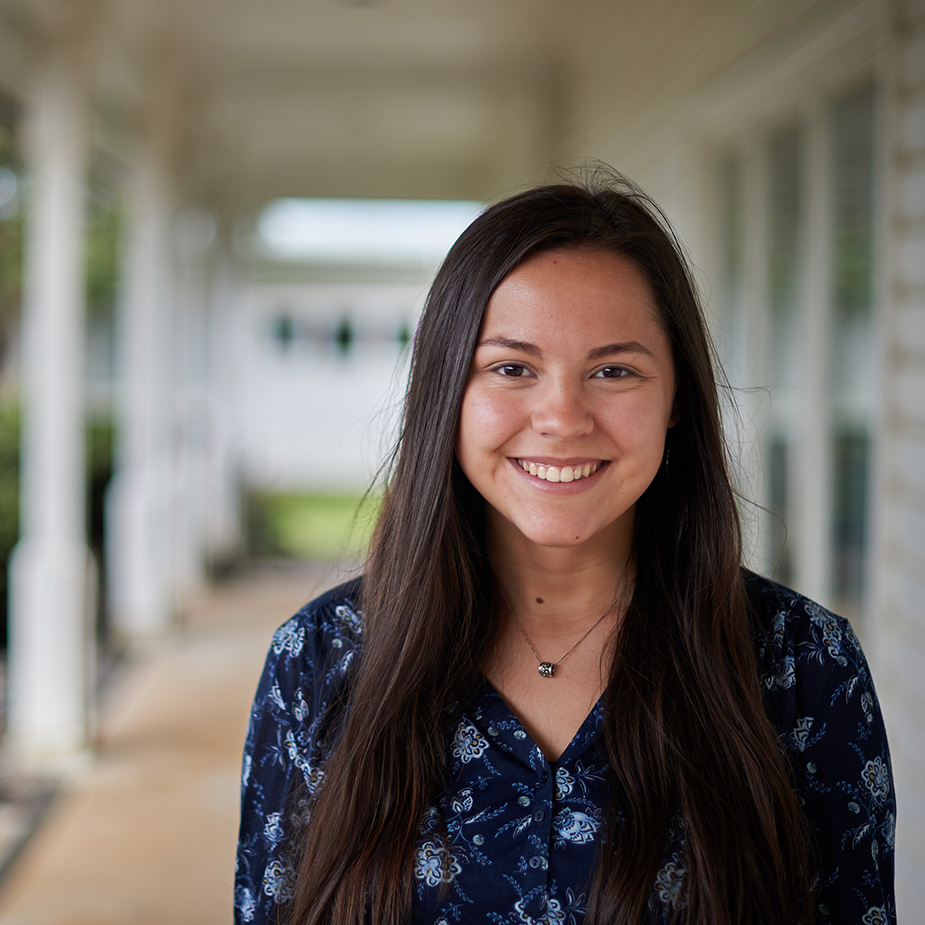Waimea (Kamuela), Hawaii – We are pleased to announce that Riley Atkinson will join W. M. Keck Observatory as a Kamehameha Schools Kāpili ʻOihana Intern. Atkinson, a rising sophomore at Columbia University, will contribute her expertise and gain work experience this summer in donor, media, and community relations.
Keck Observatory is grateful for the collaboration with Kāpili ʻOihana, a program founded by Kamehameha Schools in 2009 “designed to cultivate and maintain relationships with employers statewide who are committed to providing college students with enriched opportunities to build their professional network, develop transferable skills, and create solutions to real-world challenges.” Atkinson is the first Kāpili ʻOihana intern to be placed at a Maunakea observatory.
“We can’t wait for Riley to contribute her expertise and creative energy at Keck Observatory,” said Rich Matsuda, chief of operations at Keck Observatory. “Kāpili ʻOihana aligns well with our efforts to provide career development opportunities in astronomy for students in Hawaii.”
The addition of the Kāpili ʻOihana Internship Program expands Keck Observatory’s workforce development portfolio, which includes the Akamai Workforce Initiative, Keck Visiting Scholars, and Maunakea Scholars programs.
Read on to learn more about Atkinson:
Q. Tell us about yourself.
I’m currently studying Political Science and Native Hawaiian Studies at Columbia University in New York. During my free time, I’m either on the sidelines as a cheerleader for my school, volunteering with the undergraduate admissions department, or peer mentoring high school students through their college applications. My family is originally from the North Shore of Oahu but has since relocated to South Carolina, so I’m incredibly excited to return to Hawaii and work for Keck Observatory!
Q: Why were you compelled to apply for an internship at Keck Observatory through the Kāpili ʻOihana program?
The Kāpili ʻOihana Internship Program is amazing in that it allows interns to bring together cultural values with career development. It recognizes how combining these elements can be especially advantageous to both the organization and the intern. Knowing that Keck Observatory was a part of this program reassured me that they would be dedicated to making sure I can have a great learning experience and opportunity this summer. My confidence in the Kāpili ʻOihana Internship Program and initial excitement when seeing Keck Observatory was searching for an intern compelled me to apply for the internship. After further research, I was certain that I wanted to intern at Keck Observatory because I could envision myself participating in the day-to-day work that it engages in with its community.
Q. What do you hope to get out of your experience at Keck Observatory?
I hope that interning at Keck Observatory this summer will allow me to have a greater understanding of the operations of a non-profit organization. I’m especially excited to see the behind-the-scenes of how the observatory functions daily. I hope that I will be able to contribute meaningfully to my work responsibilities and learn as much as I can about fund development and communications within the observatory.
Q. Fun fact?
I’ve performed in Madison Square Garden!
Funding for the Kāpili ʻOihana Internship position at Keck Observatory was made possible thanks to the generous support of Keck Observatory donor Thomas Blackburn. Mahalo!
ABOUT W. M. KECK OBSERVATORY
The W. M. Keck Observatory telescopes are the most scientifically productive on Earth. The two, 10-meter optical/infrared telescopes atop Maunakea on the Island of Hawaii feature a suite of advanced instruments including imagers, multi-object spectrographs, high-resolution spectrographs, integral-field spectrometers, and world-leading laser guide star adaptive optics systems. The data presented herein were obtained at the W. M. Keck Observatory, which is operated as a scientific partnership among the California Institute of Technology, the University of California, and the National Aeronautics and Space Administration. The Observatory was made possible by the generous financial support of the W. M. Keck Foundation. The authors recognize and acknowledge the very significant cultural role that the summit of Maunakea has always had within the Native Hawaiian community. We are most fortunate to have the opportunity to conduct observations from this mountain.


